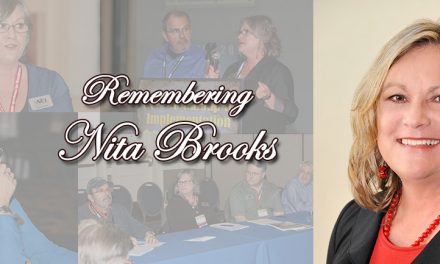How often have you heard some say, “I want to lose some weight!”? Sure, health is relevant, and weight is measurable; we can get on a scale and see the difference between Day 1 and Day X. But do we automatically achieve that goal if we lose a little bit of water weight at the end of the day?
If we manage to get on the scale on January 1st, 2025, and see that we’ve lost one pound since January 1st, 2024, does that count as success? There is no strategic planning. We may have a vague idea of what we want, but there is no way to track it, hold ourselves accountable, and know to change our strategy if something isn’t working.
Compare that to someone who says, “I want to lose 10 pounds in three months.” It’s a specific amount of weight, achievable with a generally healthy caloric deficit (along with the “please consult your doctor first” disclaimer) and has a deadline.
Once that deadline passes, that person can tell if they succeeded or if they need to change their approach, such as by setting aside time to go to the gym to put more focus on the exercise element of the diet.
Using the Callback Rate

Business objectives will be different from personal ones, but the same principles apply. I think “fewer callbacks” is something everyone can get behind.
However, we’ll see a greater change in our business if we say, “I want to reduce my business’s overall callback rate from 4.5% in 2024 to 3% in 2025” than if we left it at, “I want to reduce my business’s callback rate.”
Key Results: Key results are the steps we take towards our objectives. Like objectives, key results are verifiable, specific, and time bound.
These are the progress stepping-stones that we can take towards achieving objectives.
Let’s look at the callback rate again. Some key results for that objective could include launching a training program by the end of Q1, having 100% of our technicians finish a training program by the end of Q2, with the goal of reducing service callbacks to 5%, and installation callbacks to 3%. These are just examples, and the numbers will vary based on the ratio of service calls to installs and your team’s strengths and weaknesses.
The first two key results are actions with deadlines. The last two key results are performance milestones. Business owners and managers can measure these performance milestones by tracking key performance indicators (KPIs), which allow people to monitor their organizations’ operations over time and set performance benchmarks.
Key Performance Indicators (KPIs)
Speaking of KPIs, these numbers are metrics that offer vital insight into your team’s performance. They can be applied to the entire business, a specific service area or segment of the business, a marketing campaign or strategy, or even an individual employee.
In the construction world, project managers often rely on KPIs to monitor project progress to determine whether they will finish on time, need to adjust labor or material organization, stay within the budget, etc.
Keep in mind that all KPIs are metrics, but not all metrics are KPIs. Metrics refer to any type of number that can offer information, while KPIs are specific metrics that can be tracked over time to provide big-picture insights.
For example, the number of times a single marketing email is opened is a metric. It tells us important data about that email campaign. But it doesn’t point to a big-picture aspect of the business’s overall performance.
Your callback rate and how many service or installation calls are done per day or week are more meaningful KPIs to an HVAC organization.
They’re still pieces of information, but they can be tracked over time and give you clues about how your organization is operating, where it’s improving, and what still needs improvement.
Click Below for the Next Page:













Recent Comments